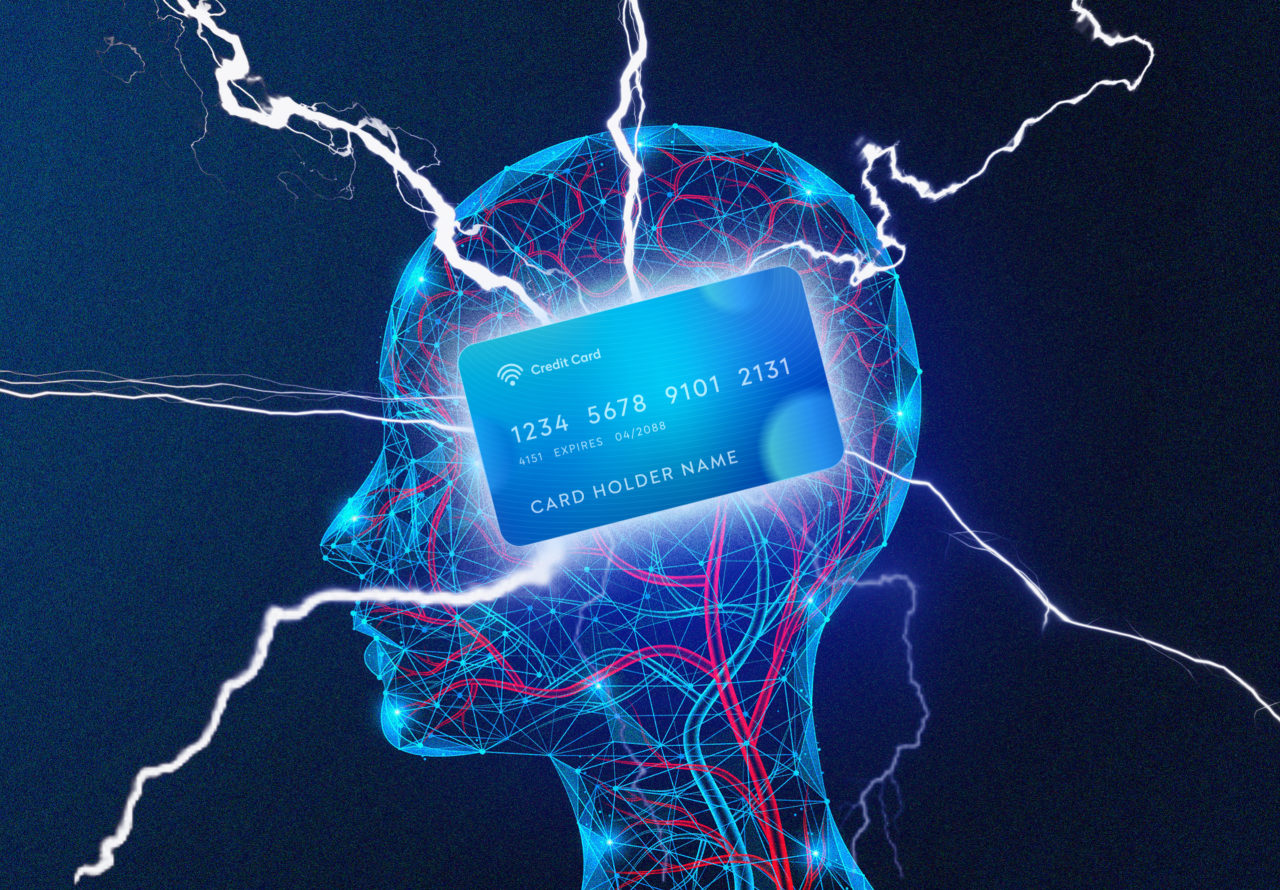5 Mental Tricks to Reset Your Relationship with Credit Cards as Americans Pile on Debt
The Debt Crisis: A Growing Burden
The Federal Reserve Bank of New York reports that credit card balances have hit a record $1.2 trillion, with the average consumer owing $6,600. Inflation, stagnant wages, and easy credit access fuel this spiral, while a Debt.com survey found 78% of Americans say credit cards harm their mental health, up from 74% in 2022. Resetting your relationship with credit starts with your mind—here’s how.
1. Reframe Credit as a Tool, Not a Lifestyle
Why It Works: Viewing credit cards as a convenience rather than a status symbol breaks the emotional attachment. Debt.com notes that 34% of Americans feel stressed after swiping, often due to equating card use with social standing.
How to Do It: Visualize your card as a utility, like a hammer—useful but not for every job. Before swiping, ask, “Can I pay this off today?” If not, use cash or debit. This shift, endorsed by financial therapists like Nathan Astle, reduces impulse buys and aligns spending with values.
Quick Tip: Label your card with a sticky note saying “Tool, Not Toy” to reinforce the mindset.
2. Name and Tame Emotional Spending Triggers
Why It Works: Debt often stems from emotional spending—11% of Americans admit to “retail therapy” to cope with stress. Identifying triggers like sadness or social pressure helps you pause before charging.
How to Do It: When tempted to spend, say aloud, “This is a stress purchase.” Psychology Today suggests naming emotions to create distance from shame or guilt, preventing avoidance behaviors like ignoring bills. Replace spending with free activities like journaling or calling a friend.
Quick Tip: Keep a “trigger log” on your phone to track what prompts unnecessary swipes.
3. Visualize Debt as a Physical Weight
Why It Works: Mental imagery makes debt’s burden tangible. Studies from Homewood Health Centre show financial stress mimics physical symptoms like headaches or insomnia, amplifying anxiety. Picturing debt as a heavy backpack motivates action.
How to Do It: Imagine each $1,000 owed as a 10-pound weight. A $6,600 balance? That’s 66 pounds dragging you down. Each payment lifts weight off. This aligns with the debt snowball method, where paying off small balances first builds momentum, as NerdWallet recommends.
Quick Tip: Draw a “debt backpack” sketch and cross off pounds as you pay down balances.
4. Celebrate Small Wins to Stay Motivated
Why It Works: Debt repayment feels like quicksand—60% of payments often go to interest alone. Celebrating milestones, like paying off one card, boosts morale, as Baird Wealth Management notes with the snowball method’s “little wins.”
How to Do It: Set mini-goals, like paying $200 extra monthly. Reward yourself with low-cost treats—a coffee or movie night—when you hit them. Financial coach Yanely Espinal credits her 2015 debt-free journey to such planned rewards.
Quick Tip: Use a budgeting app to track progress and set alerts for milestone celebrations.
5. Practice Self-Compassion to Break the Shame Cycle
Why It Works: Shame over debt, felt by 47% of stressed Americans, leads to avoidance and worse decisions. Self-compassion, as advocated by Psychology Today, helps you face bills without spiraling.
How to Do It: Tell yourself, “I’m learning, not failing.” Contact creditors to negotiate lower rates—Bank of America suggests persistence can yield results. Join support groups or consult nonprofit credit counselors, as recommended by the NFCC, to feel less isolated.
Quick Tip: Write a forgiving note to yourself, like “Mistakes don’t define me,” and read it before opening bills.
Impact on U.S. Readers: Financial and Emotional Stakes
For Americans, the $1.2 trillion debt crisis strains budgets, with 7.2% delinquency rates in 2023 signaling financial distress. Lifestyle-wise, stress from credit card bills—51% feel it when reviewing statements—affects work productivity and relationships. Economically, high interest rates (24.2% average in 2025) drain household income, limiting savings or investments. Politically, it fuels debates on consumer protections, with calls for stricter lending regulations. For sports fans or tech enthusiasts, cutting discretionary spending (like game tickets or gadgets) becomes essential to prioritize debt repayment.
Conclusion: A Mindset Shift for Financial Freedom
As Americans grapple with record credit card debt, these mental tricks—reframing credit, naming triggers, visualizing debt, celebrating wins, and practicing compassion—offer a path to reset your relationship with cards. They combat the emotional toll, with 78% linking cards to mental health struggles, and pave the way for sustainable habits.
Looking ahead, expect tighter budgets as inflation persists, but these strategies empower you to take control. Start small, stay consistent, and seek free counseling if needed. Your wallet—and peace of mind—will thank you.
